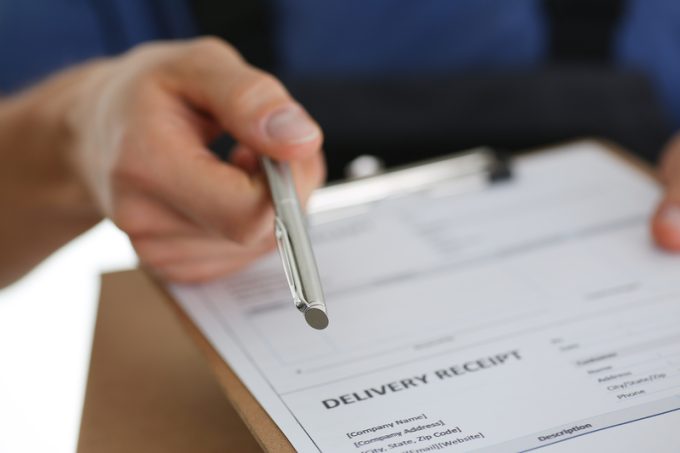Record Q4 for Lufthansa Cargo as its faith in ecommerce pays off
Lufthansa Cargo said it had a record set of results in the fourth quarter – ...

Collaboration in retail logistics is key to increasing efficiency, competing against industry giants and cutting congestion, e-commerce retailers heard at this week’s The Delivery Conference in London.
Logistics companies in particular were urged to pool resources, or consolidate as far as possible, to ensure cost-efficient last-mile deliveries.
“We are calling on the logistics industry,” said Quinten Francken-Bosman, group shipping and procurement director for Photobox. “We need you to innovate faster, understand the consumer, give us 100% tracked, consolidate the last mile and personalise.”
Photobox, which ...
Asia-USEC shippers to lose 42% capacity in a surge of blanked sailings
Why ROI is driving a shift to smart reefer containers
USTR fees will lead to 'complete destabilisation' of container shipping alliances
New USTR port fees threaten shipping and global supply chains, says Cosco
Transpac container service closures mount
Outlook for container shipping 'more uncertain now than at the onset of Covid'
DHL Express suspends non-de minimis B2C parcels to US consumers

Comment on this article